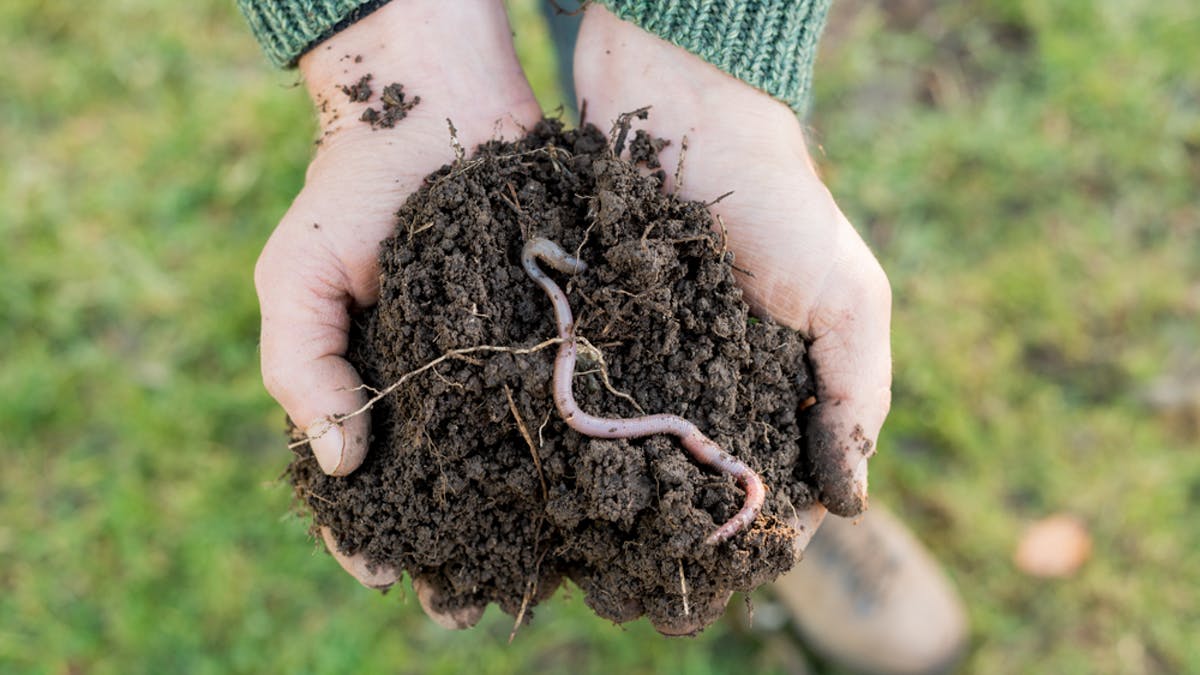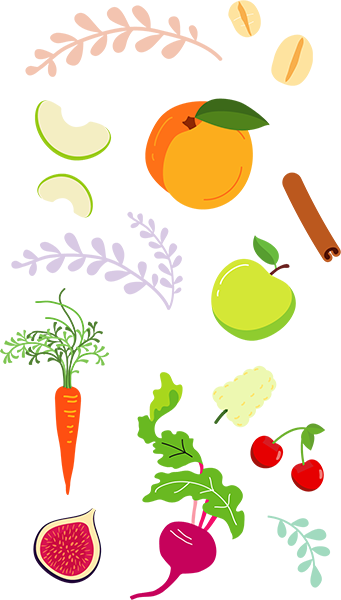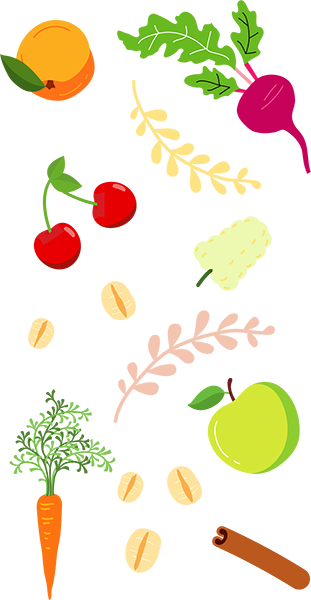
Enjoy Our
Thoughts
A Regenerative Future

Being a keen gardener and grower of vegetables, I have come to know the value of good soil and rejoice at the sight of lots of worms when I plant. Since moving to Dartmoor I have been so pleased to find them in abundance and am always very careful not to hurt them as I go about my pottering.
I re-watched the film Seven year in Tibet again over lockdown. There was a great scene which I thoroughly approved of when Brad Pitt was instructed to build a theatre for the Dalai Lama and was told that no worms could be harmed (in line with Buddhist philosophy) so during the construction process the monks lifted each worm they found to safety elsewhere.
If only everyone took that that care with Nature as they went about their work perhaps it would be in a better state than it is now.
Is the soil abundant?
Whilst soil appears abundant to the distant untrained eye the quality of it in most parts of the world is far from where it has been historically. I read a great quote recently perfectly summing up the importance of something that is so easily taken for granted.
“The soil is the great connector of lives, the source and destination of all. It is the healer and restorer and resurrector, by which disease passes into health, age into youth, death into life. Without proper care for it we can have no community, because without proper care for it we can have no life.”
― Wendell Berry, The Unsettling of America: Culture and Agriculture
‘We can have no life’. That is a pretty powerful statement to read but ultimately true when you think that we need good soil to grow the food we eat most crucially and that is before even considering all the other amazing things soil is responsible for.
A topic that has been in the forefront of environmentalist’s minds over the last 20 years is climate change and the excess carbon in our atmosphere. As a recent film Kiss the Ground confirms, the solution to climate change is indeed “right under our feet”.
Carbon is key
Carbon is the building block of all life. There is 417ppm of carbon dioxide currently in our atmosphere which as we know is too much for our climate. So what is the answer? Draw down is the answer. This happens very efficiently with our soil. Atmospheric carbon is converted to carbon in biomass taking it out of the atmosphere and sinking it to make nutritious soil. In 1950 to give some perspective there was 300 ppm of carbon in our atmosphere which would be a good target to aim for.
The thing I find most exciting about Regenerative agriculture is that the reduction of carbon can be reduced faster than we had previously thought possible. Just by returning to some ancient wisdom.
But what are the other crucial roles that soil plays in maintaining balance on Earth?
Flooding Control
When our soil is bare and the rain falls it runs off as the soil cannot hold it. It also takes remaining topsoil with it and any chemicals previously used on the land end up in our water cycles. With regenerative agriculture you are rebuilding the soil sponge. Every 1% increase in soil organic matter, allows 17-25k gallons of water to be held per acre. This is a lot of water.
This then feeds into ground water increasing our underground water reserves – something that is also in great decline at the moment and is predicted to be more valuable than gold in the future.
Biodiversity
Scientists tell us we are creating the sixth mass extinction due to the degradation of the land, mostly by agriculture. It is being called the Holocene. Even when I think back to my childhood 25 years ago I remember more birds and insects than there are now and my father remembers even more during his childhood.
The ground is becoming less viable and species are declining with up to 500 species of land animals alone expected to be extinct in the next 20 years. It is pretty shocking stuff but somehow because we have been talking about it for so long it doesn’t hit with the punch that it should. Mechanisms such as tilling and the use of chemicals in pesticides all degrade soil killing valuable bacteria and fungi communities and paving the way to sterility of the land.
Fertility and human health
There is an epidemic of sickness and I strongly believe the sickness of our own bodies is a reflection of the sickness of the earth. We think we are separate but we are intrinsically connected.
We are consuming food that is produced by mass chemical agriculture which is causing major issues in human health. By improving the soil, it is a win win situation as you are also helping the plants to access the nutrients and minerals in the soil with the help of the mycorrhizal fungi which makes the food, we eat more nutritious. This is why at Primrose’s Kitchen we are such firm advocates of organic. Organic means a healthier planet which in turn means we are healthier.
So how can we all do our little bit to help regenerate our land at home?
No Dig
You may have come across Charles Dowding the well-known “No dig” gardener, I am a great fan of his books. He understands the benefits that no digging brings to your vegetables. Digging the soil releases carbon that has been trapped. Instead of weeding and digging its best to use mulch such as grass cuttings, aged manure, cardboard or wood chippings. Cover your weeds with these and as they start to come through you can add more.
Embrace the weeds
In addition to no digging, I am a great fan of planting lots of weeds! Well, I say weeds because a lot of gardeners would dig them up and declare them weeds because they are plants you find growing out in the wild. There is a great quote that says ‘weeds are just plants growing in the wrong place’. The reason I love these weeds is because insects love them and they are more native than most of the plants grown in gardens these days.
We need to do everything we can to help our wildlife and this starts by supporting the insect populations that have been so badly hit over the last 50 years. Planting wild flowers can really help.
Feed the birds
Mary Poppins was right. If you buy some bird feeders and some food to put in them, I don’t think you ever have an excuse to be bored. Not only are you are supporting your local bird population you are being given something to watch, engage with and learn about on a daily basis which is a great form of meditation in itself.
So, it might seem like an overwhelming challenge we have ahead of us but if we all make small steps, we can make a real difference. Change is upon us but the good type. Where we reconnect with nature and understand its true value, seeing it not as a commodity but part of who we are.
Happy bird watching!


